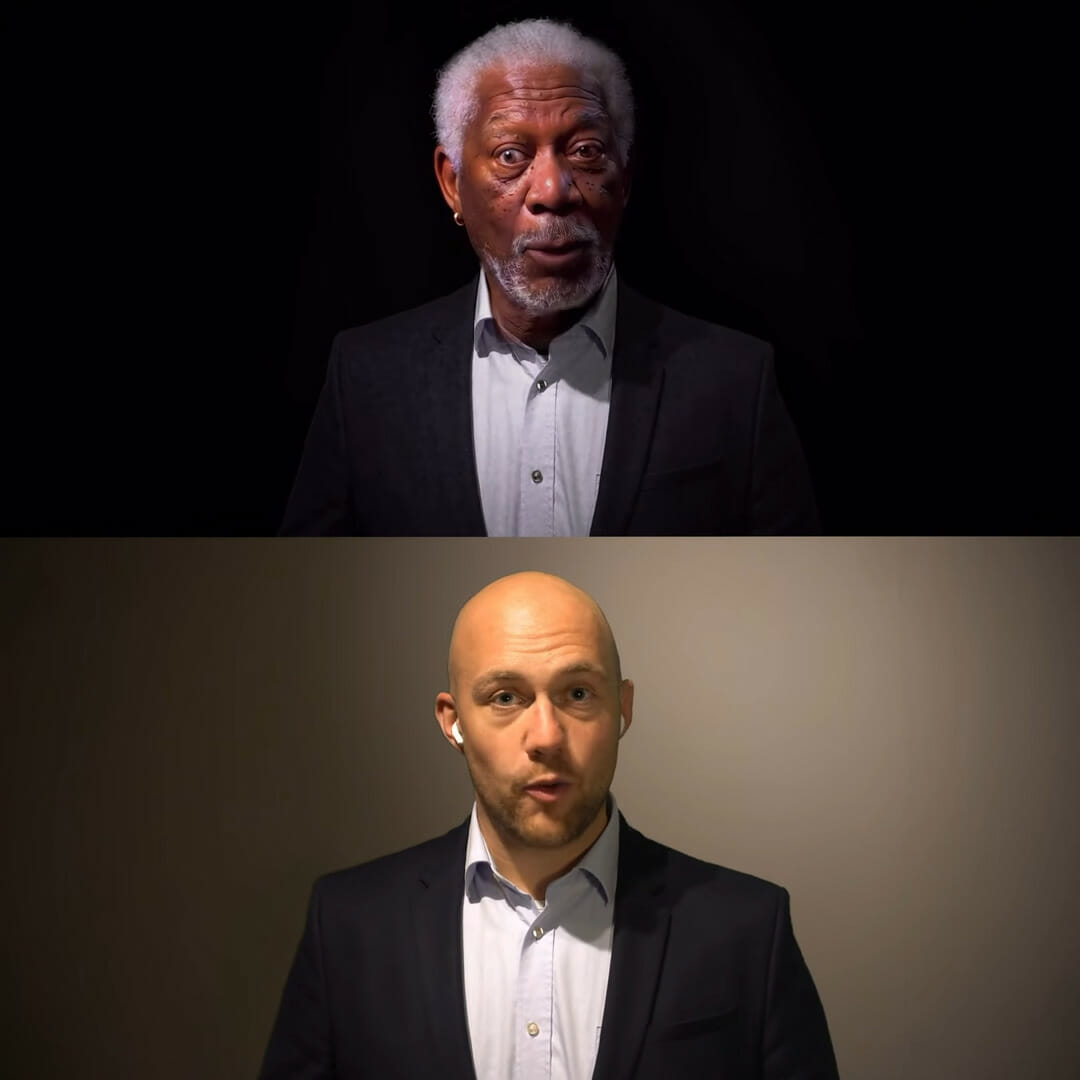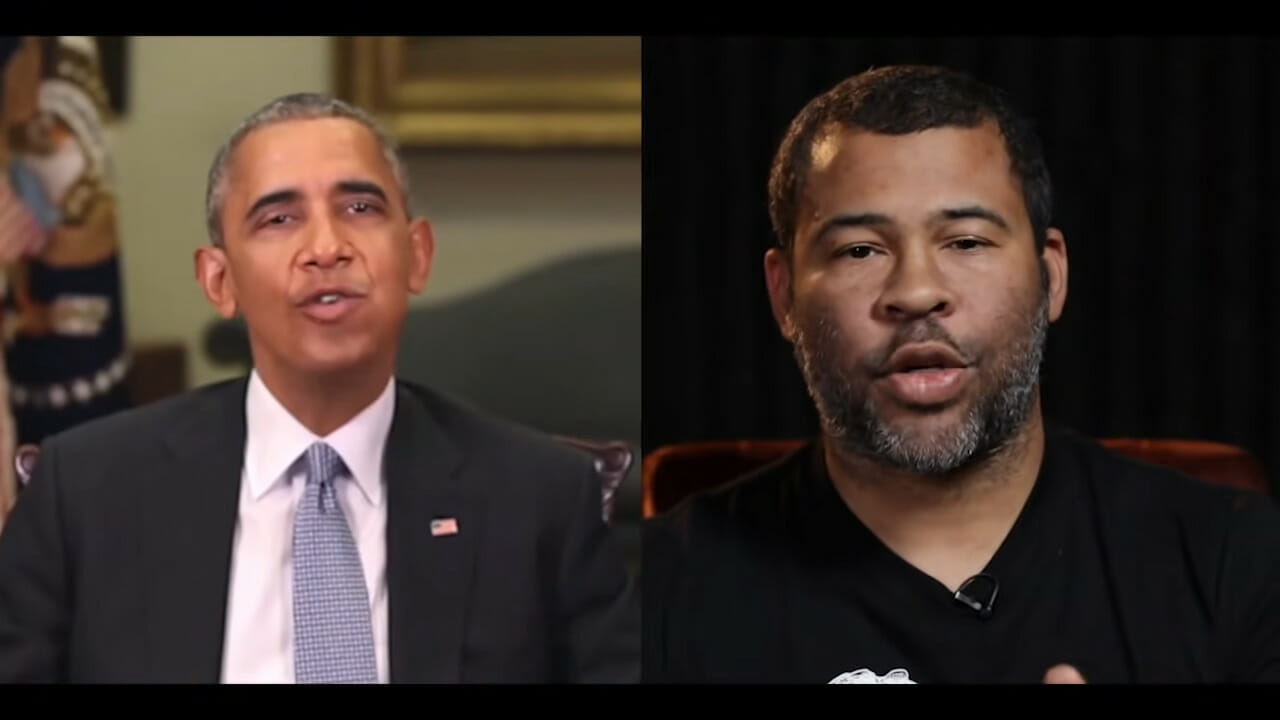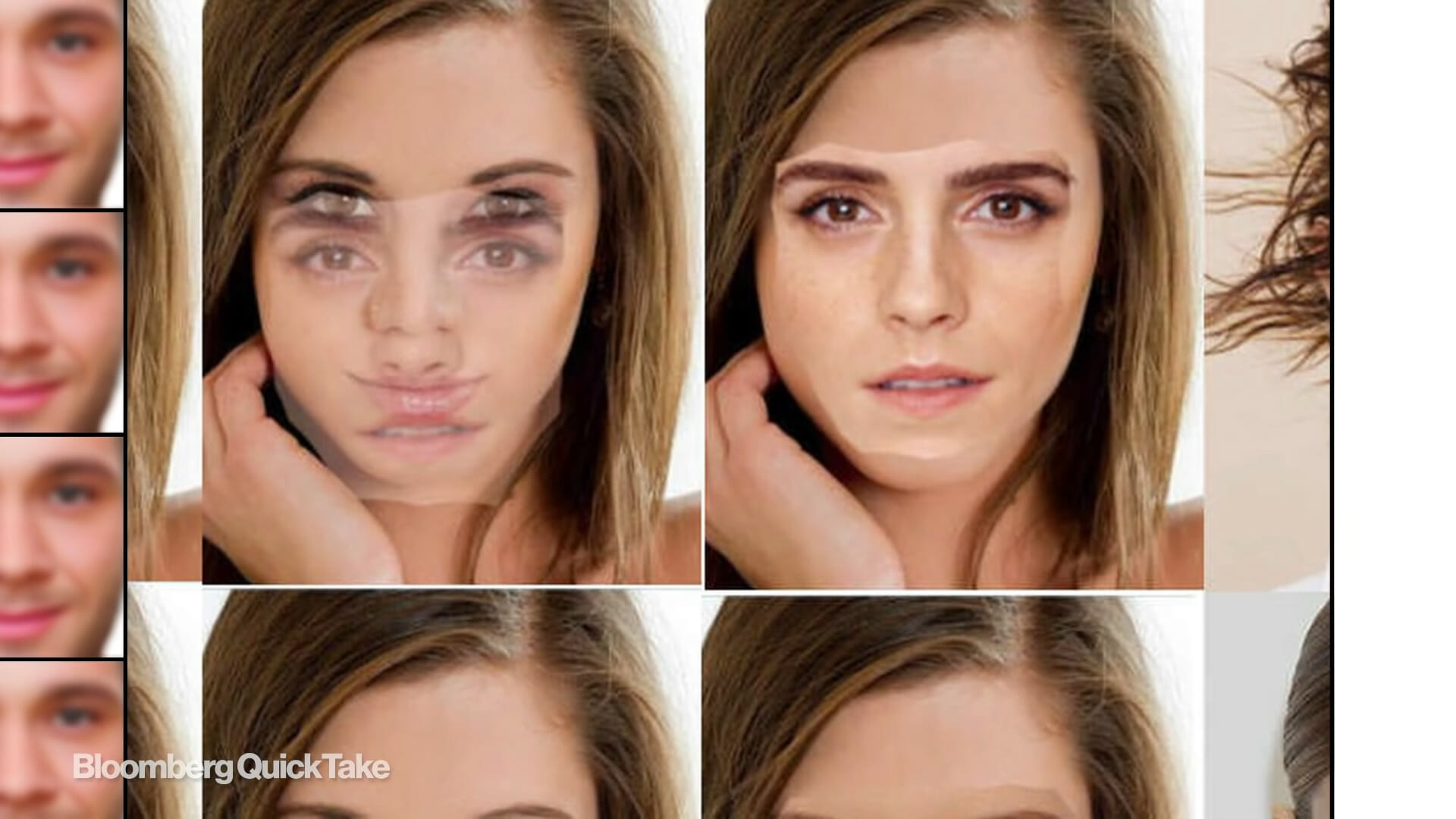Deepfake? You will Never know what’s Real anymore!!
Deepfakes are one of the most talked-about topics in the world of technology, and they’re only getting more powerful. From realistic celebrity impersonations to convincing AI-generated audio, Deepfakes are changing how we experience media. In this video, we’ll explore what Deepfakes are, how they work, their potential applications as well as testing a live case test.
Ready for some fun?
Introduction
Have you heard of deepfake technology? Deepfakes are computer-generated videos that use artificial intelligence to replace people in existing video footage. In this blog post, we’ll explore how deepfakes work and how they’re being used in the world today.
What is Deepfake Technology?
Deepfakes are a form of artificial intelligence used to create convincing images, audio, and video hoaxes. The technology is based on deep learning, a branch of artificial intelligence that uses algorithms and neural networks to detect patterns in large data sets. Deepfakes use this technology to generate fake content, such as videos or photos, by swapping out the face of one person with another. This process can be applied to existing images or videos, or even to create entirely new content. As the technology continues to evolve, it can be used to create more and more realistic-looking images and videos. Not only can it be used to spread misinformation, but it can also be used for entertainment purposes. Despite its potential benefits, the technology raises ethical and legal concerns about its use.

How Deepfakes are Created
Deepfakes are created using a combination of artificial intelligence (AI) and deep learning, which is a set of algorithms used to identify patterns in large amounts of data. The process begins with the collection of source material, such as videos and images, that the AI can use to learn how to replicate the desired output. Next, the AI is trained using a generative neural network architecture to create the forgeries from this dataset. This training process involves encoding latent features of face images and then decoding these features to create the final product. Once the AI is trained, it is then able to generate highly realistic deepfakes with minimal effort.
Is Deepfake technology free?
The answer to this question is both yes and no. While many deepfake tools are available for free, such as Zao and Reface, they may have limited features and capabilities. On the other hand, some premium deepfake software, such as Lensa AI, offer more advanced features and capabilities. However, these services come at a cost, so if you’re looking for a more comprehensive solution to creating deepfakes, you may want to consider investing in one of these services. Regardless of whether you choose to go with a free or premium software, it’s important to be aware of the potential risks associated with creating and sharing deepfakes.
Is Deepfake only for videos and photos?
No, Deepfake technology can be used to create all kinds of synthetic media, from audio to text. For example, a non-existent Bloomberg article was created using Deepfake technology. Additionally, there have been reports of a particularly dangerous app that generated fake nude images of women. This shows the potential of Deepfakes to be used for far more than just videos and photos.
The Dangers of Deepfakes
Deepfakes can create many dangers for individuals and society as a whole. From financial losses to tarnished reputations, deepfakes can cause serious harm to individuals. Fake content can also be used for blackmail and extortion. Deepfakes can also be used to spread political deception, which could pose serious threats to national security. Not only celebrities, but adult film producers are also at risk of having their content manipulated without their consent. The technology has become so advanced that it is difficult to spot a deepfake without the help of AI or specialized software.

Real-World Examples of Deepfakes
Real-world examples of deepfakes abound. For example, Jim Carrey’s face was featured in the movie The Shining, created through a deepfake program. Korean newscaster Kim Joo-Ha also has a deepfake video circulating on the internet. Youtubers have been using the DeepFaceLive program to change their faces in real-time. At Stanford University, researchers have developed Deep Video Portraits, which can manipulate not only facial expressions, but also physical movements. JFK’s voice was brought back to life with a deepfake program from CereProc. A non-existent Bloomberg journalist was created as a deepfake with a profile on LinkedIn and Twitter. One of the first applications of deepfakes was to create synthetic pornography, which was discovered on Reddit in 2017. Impressionist Jim Meskimen also used deep learning AI to create a deepfake poem. Companies have been hiring deepfake actors for commercial applications, as well as the use of individuals’ likenesses as virtual avatars.
Fighting Fake News with AI
In an effort to combat the spread of fake news, researchers are increasingly turning to AI-powered tools to identify and distinguish deepfakes from real news. With the help of AI, scientists can analyze facial expressions, gestures, and other aspects of videos and images to determine whether they are authentic or not. AI can also detect subtle changes in audio and text that may be indicative of a deepfake. For instance, Microsoft’s Sensity AI platform can detect misalignments between audio and video frames in a video, which can be indicative of a deepfake. Additionally, researchers at Carnegie Mellon University have developed an AI-powered tool called Detect Fakes that can detect patterns in videos that may reveal a deepfake. By leveraging the power of AI, researchers are making progress in the fight against deepfakes and fake news.
The State Farm Ad and Deepfake Technology
The State Farm ad is a prime example of deepfake technology in action. Using archival footage and facial mapping, the ad blended vintage sports reporting with modern technology. The creative team seamlessly blended the documentary with deepfake technology to create a spot that was one of the most talked-about of the year. Deepfake technology enables anyone with a computer and software to realistically alter images and videos, allowing users to create convincing counterfeit content. This technology can be used for good, such as creating ads, but can also be used for malicious purposes. It is important to be aware of the power of deepfakes and their potential dangers.

Can We Stop Deepfakes?
Although deepfake technology has made it easier to manipulate videos and photos, it is not impossible to stop. One way to prevent deepfakes is through investment in AI technology. By investing in AI technology, companies can create algorithms that can detect deepfakes with a high level of accuracy. This could be used to verify the authenticity of photos and videos, deterring creators from using deepfakes in the first place. Additionally, legal measures can be taken such as implementing laws that make it a criminal offense to create or distribute deepfakes. Blockchain technology is also being explored as a way to ensure the authenticity of digital content. By maintaining better historical archives, it would be easier to verify the original source and date of a video or photo. Ultimately, having good basic protocols like “trust but verify” combined with a skeptical attitude towards voicemails and videos is the best way to stay safe from deepfakes.
Ethical Considerations of Deepfakes
The ethical considerations of deepfake technology are complex and varied. On the one hand, it has the potential to be used for creative and innovative storytelling, such as in the State Farm ad, but on the other hand, it could be used for malicious purposes, such as creating fake news stories or manipulating people’s images without their consent. In addition to the ethical dilemmas that deepfakes pose, there are legal issues to consider as well. It is important to ensure that any use of deepfake technology is done in accordance with applicable laws and regulations in order to prevent any potential misuse. Furthermore, it is essential that users understand the implications of using deepfakes and take steps to ensure that they are not manipulating or harming others with their creations.
How to Spot a Deepfake
Deepfakes are becoming increasingly difficult to spot, but there are still a few tell-tale signs that can help you detect them. Poor-quality deepfakes are easier to spot, as they often have bad lip synching, patchy skin tones, and flickering around the edges. Additionally, look out for mismatches in color and lighting, perfectly symmetrical face features, mismatched earrings or glasses frames, and unusual ear, nose, and tooth shapes. It’s also important to look for the original source of the video, audio flaws, awkward shadows and skin tones, and soft or blurred areas during movement. Finally, pay attention to the video participant’s facial expressions, eye movements and head turns. If they appear too robotic or unnatural, then it’s likely a deepfake.

The Future of Deepfake Technology
The potential applications of deepfake technology are still being explored, but the possibilities are endless. As technology progresses, deepfakes could be used to create virtual reality experiences, educational videos, and even medical simulations. In the future, deepfakes could even help us to better understand how our brains process information and how we interact with our environment. In addition, as the technology advances, AI-powered tools may be developed that can detect and identify deepfakes automatically, helping to reduce the spread of false information. However, it is important to keep in mind the ethical considerations associated with deepfakes and to consider their potential for misuse. With proper regulation and awareness, deepfakes could become a powerful tool for creating a more informed public discourse.
This article is written by Fady Azzi
Fady Azzi is a Cyber Security expert, based in Sydney, Australia. Through quick and short videos full of interesting and trusted information, Fady’s channel aims to inform and educate people of all ages about cyber security, hacking, technology and many interesting topics.

0 Comments